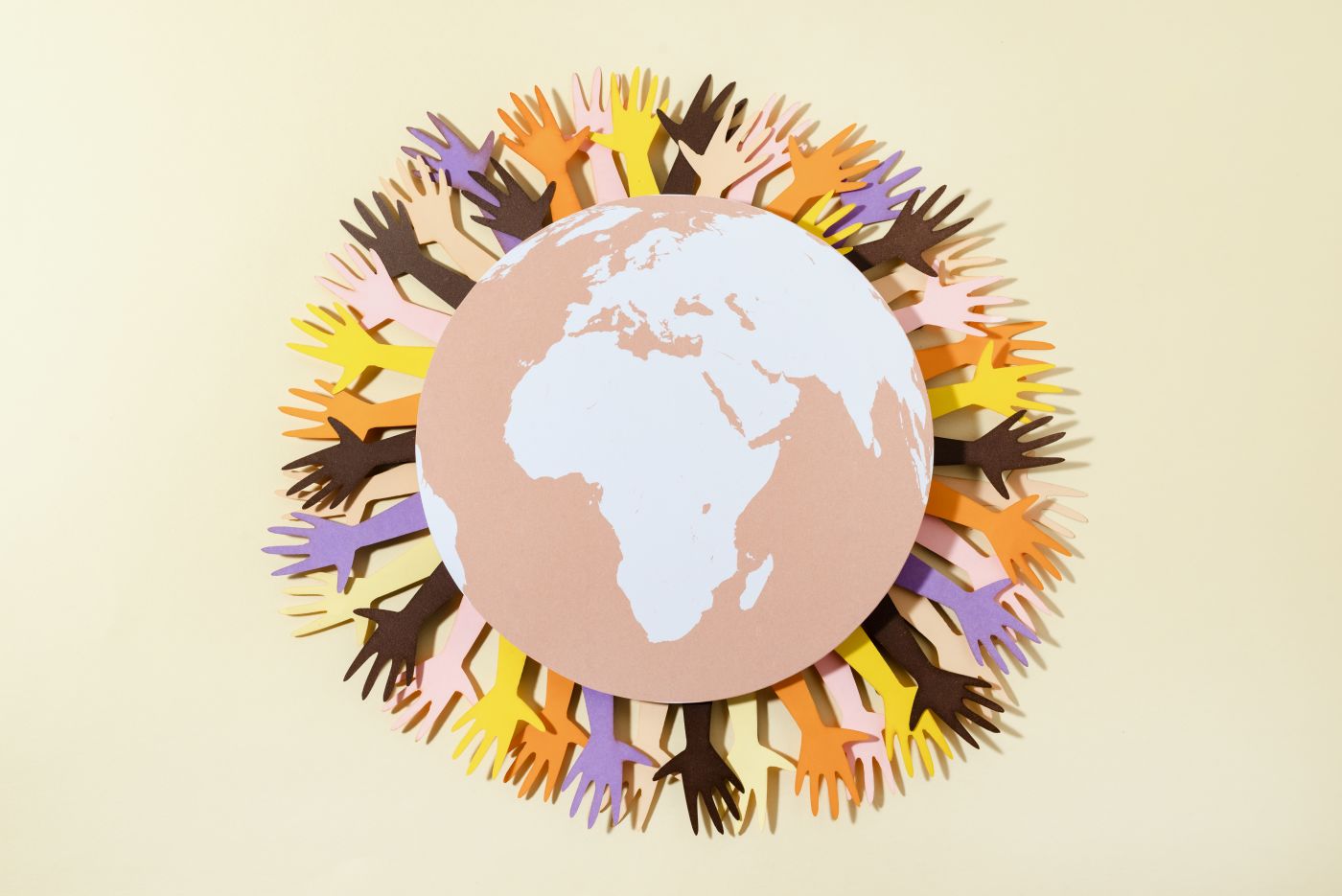
Cultural Traditions Immigrants Have Brought to the U.S.
When people talk about the “American melting pot,” they often mean the way cultures blend to create something new. But in reality, the U.S. is more like a cultural mosaic—a collection of traditions and identities, many of which were brought here by immigrants. These traditions enrich communities, expand our sense of identity, and make everyday American life more colorful and meaningful.
🍲 Food: A Shared Language of Culture
Immigrant food traditions have become cornerstones of American dining.
Italian immigrants gave us pizza and pasta—now staples of American cuisine.
Mexican immigrants brought tacos, tamales, and salsa, sparking one of the fastest-growing food sectors in the country.
Chinese immigrants popularized dishes like fried rice, dumplings, and General Tso’s chicken, leading to the creation of “Chinese-American cuisine.”
Indian and Middle Eastern immigrants have introduced spices and flavors that inspire chefs nationwide.
Today, walking through any U.S. city, you’ll find food trucks, restaurants, and markets showcasing flavors from every continent—proof that immigrant traditions feed more than appetites; they feed community and connection.
🎶 Music and Dance: Sounds from Around the World
Music is another area where immigrant traditions thrive:
Jazz, one of America’s most iconic art forms, grew from African and Caribbean influences combined with American blues.
Latin music—from salsa and merengue to reggaeton—has exploded in popularity thanks to Puerto Rican, Dominican, Cuban, and Mexican communities.
Irish immigrants brought folk music traditions that influenced bluegrass and country.
West African rhythms laid the groundwork for hip hop and gospel.
Dance styles—from tango to bhangra to flamenco—are celebrated across American stages and community festivals, connecting generations through movement.
🎉 Holidays and Festivals: Celebrating Heritage
Immigrant communities keep their cultures alive through holidays that have become part of America’s shared calendar.
Lunar New Year celebrations, led by Chinese, Vietnamese, and Korean communities, now take place in cities nationwide.
Día de los Muertos (Day of the Dead), rooted in Mexican tradition, has grown into an event embraced by schools, museums, and cities across the U.S.
Oktoberfest, brought by German immigrants, is now a beloved fall festival in many states.
Diwali, the Indian festival of lights, has gained recognition at universities and workplaces.
These events remind us that honoring heritage strengthens community bonds and teaches future generations to take pride in their roots.
🧵 Art, Fashion, and Everyday Customs
Embroidery, textiles, and patterns from Central America, South Asia, and Africa have influenced American fashion.
Tea and coffee rituals from Middle Eastern and South Asian traditions shape social gatherings.
Storytelling traditions—oral histories, proverbs, and folktales—continue to enrich literature and community life.
Every day customs immigrants bring—whether greeting styles, community meals, or parenting practices—quietly shape the social fabric of neighborhoods.
🌍 Why These Traditions Matter
Cultural traditions brought by immigrants do more than add diversity; they:
Foster understanding: Sharing traditions reduces prejudice and builds empathy.
Boost local economies: Festivals, restaurants, and cultural businesses create jobs and tourism.
Strengthen identity: Immigrant children grow up proud of their roots when traditions are celebrated, not hidden.
✅ Final Thoughts
The U.S. is not defined by one culture but by many. Immigrants bring traditions that enrich, inspire, and unite communities. From food to festivals, music to art, these traditions remind us that America’s strength lies in its diversity.
At AG Law Firm, we celebrate the richness immigrants bring—not only through their labor and resilience but also through their culture, which makes the U.S. a more vibrant place to live.
